Flying by Airplane for the First Time
If you had never travelled by plane before, you will likely feel a little nervous, and our guide might help you with how to prepare yourself, what to do and expect.
Things to do & know:
1 Tickets
Purchase your ticket online. You will need a credit card or a friend / guardian / relative that can pay it for you (no, the ticket doesn’t have to be payed by you — but it must contain your name written on it!). It’s much easier this way than going to the physical store / tickets outlet.
2 Luggage
Economy class usually allows one “large” luggage (e.g. around 23 kg) and one personal hand bag (usually around 8 kg) without paying extra cost. Size is standardized, consult with your flying company what is allowed and accepted, otherwise you’ll have to pay more for extra weight. Usually, a common-size backpack should pass as “personal luggage” in case you are wondering.
3 Safety
Do not carry sharp or dangerous objects in your personal bag or luggage, it won’t be allowed. Also, limit water bottles to 100 mL of liquid (there are conditions where you can carry bottle of 2 liters or 5 liters if they are unopened and reported upfront). Again, consult terms and conditions of the airport and flying company.
Also, any food in your luggage that’s exposed to X-ray security scanner is safe for later consumption. Same holds true for medication.
4 Check-in
Check-in is a procedure where you report to the passengers counter, present your visa, passport and/or ID card, medical / COVID passport, register and pass luggage bags to the airport officials, pass security checks, and receive an actual boarding ticket (no, you don’t need to print out online ticket purchasing bill / PDF file which you received via an email as a proof that you bought your ticket!).
Check-in period is usually 1.5 hours before the actual flight, although this may vary from airport to airport, and things certainly differ “on paper” and in practice. Some airports will accept check-in as late as just 1 hour before the flight, others might require 2 or 3 hours minimum. Best way in our experience is to ask local travel companies and taxi drivers for an information, or just make a call to the airport info service.
Remember, better be 1 hour too early than 1 minute too late. If you believe they’ll gonna stop the plain and wait for you, you’re watching way too much TV and Hollywood fantasy.
5 Gate
After you check-in, you will be at the gate room(s), look at your ticket and screen monitors to find appropriate gate terminal. You don’t want to enter wrong plane, after all.
While you wait, you might wish to visit Duty Free Shop or a bathroom, which is perfectly fine.
Never, ever leave your hand luggage or bag(s) unattended at ALL TIMES! Yes, even if you go to the bathroom.
Otherwise it may be treated as suspicious and dangerous object and it may be taken away and destroyed without notice! Take care of your personal belongings at all times, and keep them close or next to yourself.
6 Boarding
Boarding airplane takes up to 20-40 minutes, so be patient to wait in line. Make sure to bring entertainment accessories with you (a book, crosswords, phone, tablet, laptop, headphones).
Many planes do not have any personal entertainment system, especially in shorter flights / routes, so do not make any beginner mistake by watching too much Hollywood movies :)
Make final calls with your friends and relatives, because very soon you will have to switch off your phones, tablets and computers into airplane/flight mode and no reception will be possible. Wi-Fi is not always available, and if it is, it may be very limited, so don’t count on it!
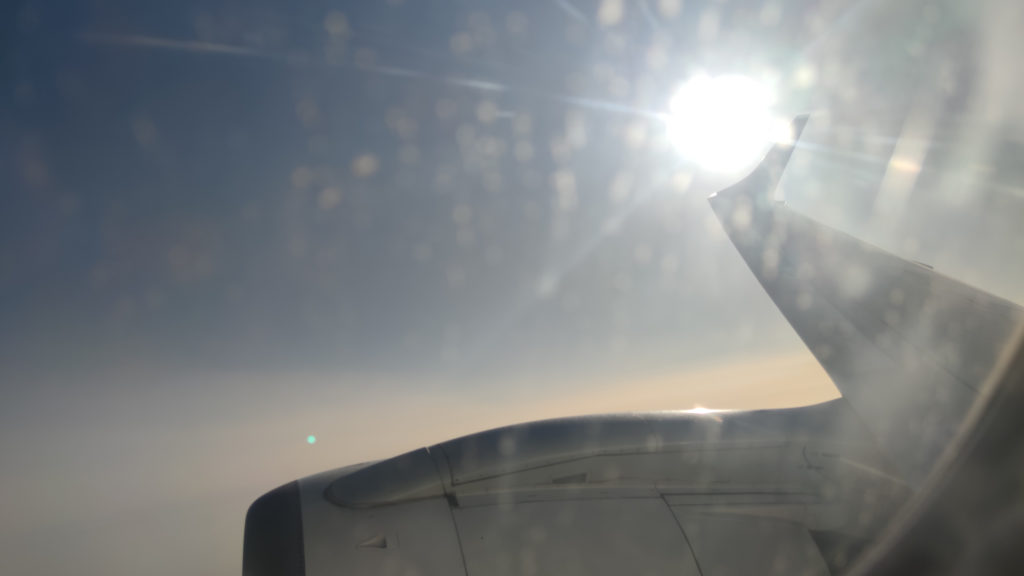
View from airplane’s most popular seat 7F is not always perfect – wing and engine(s) may still block part of the view – especially true in smaller aircrafts (e.g. around 100-150 seats and below)! Front row seats (e.g. rows from 1 to 5, where 1 is the best possible choice, and last rows in large planes) are much better options for photography enthusiasts.
7 Safety Inside Plane
Safety Instructions – at this point, just before the take-off, flight attendants (stewards and stewardesses) will inform you about safety protocols and procedures, locations of the oxygen masks and other equipment (above your head at the ceiling, and underneath passenger’s seats). Make sure to understand this well and ask further questions if you don’t.
Remember, their primary job is to assure safety of all passengers, and serving you food and beverages is their secondary task! ;)
If you travel with kids, make sure to explain and remind them how to behave once inside the plane, and prepare yourself with a lot of patience. Be prepared that babies not always fall asleep and may cry, so have necessary accessories with you.
This is all normal, and part of life. Essentially, anything that usually happens during the trip while in a car or a bus happens in the planes, too! The only difference is, well, that you are up in the air and there are no gas stations and stores to stop by!
8 Take off
Take off procedure is usually quick, sometimes you will not even hear a public announcement from your captain (as in the movies), and plane will just start moving “on its own” without any upfront notice!
Just relax! If you are suffering from anxiety or elevated blood pressure, avoid heavy meals and rich food, and make sure to take your medication before the flight per your prescription and instructions. It will help you stay calm during the take-off and initial flying experience.
In fact, medical experts advise to eat before and after the flight(s), try to avoid eating during the flight(s), and drink a lot of water and stay hydrated. This simple biohack technique will help you reduce jet lag and adjust faster when you arrive at your final destination.
Planes are weird when you fly for the first time, there’s obviously engine noise in the background, buzzing / high-pitch tone and pressure in ear drums while rapidly changing altitude, which might feel strange because its abrupt and fast, as opposed to more gradual changes when you drive in a car and climb up to a mountain.
9 Flight
During the flight find something relaxing to do: read a book, listen to the music, watch landscapes through the window, and so on. It’s always better to have a company, of course, but you have to take care of yourself in case you are traveling alone.
Long flights are exhausting, so arm yourself with calmness and patience. Charge your phone’s battery to 100% before the flight, and optionally bring along external power bank (if allowed, don’t count on the fact that all planes have USB charging ports available!).
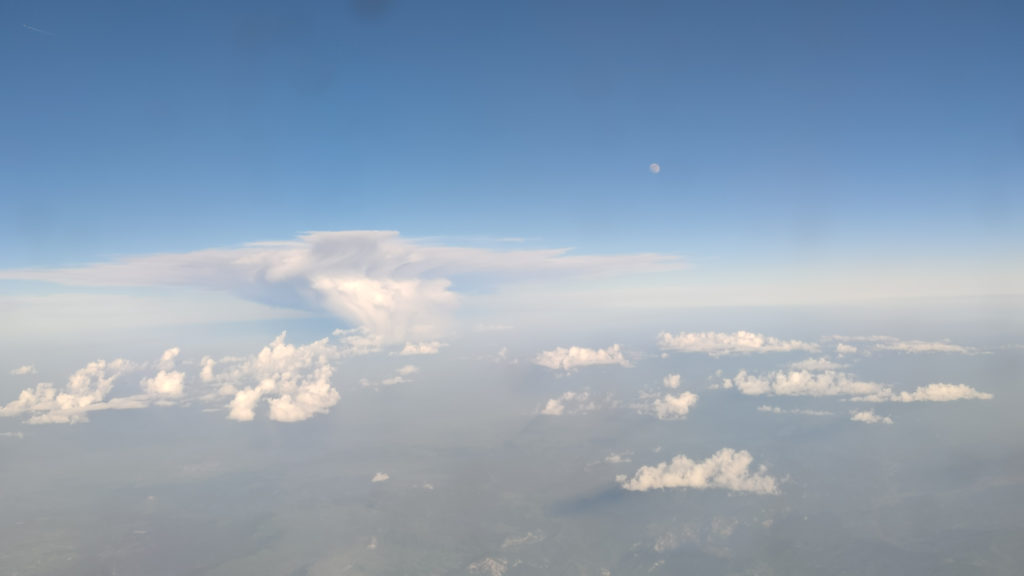
Airplane view through the window
(with camera app’s manual focus control set to infinity to avoid window dirt ruin it)
10 Landing
Airplane landing is usually smooth, but depending on the various factors (pilot skills, plane condition and size, track condition etc.) it may feel a bit bumpy, particularly after airplane touches the ground and starts decelerating. It’s all normal, don’t worry and you’ll be fine.
From my experience, landing is usually very soft, there is virtually no transition between air and the land, but if the track’s asphalt is not perfect (e.g. has cracks and holes) it is the dominant factor that can actually make you feel little discomfort because of the high speed ride (airplane is no longer flying at this stage). Of course, we assume perfect health of the aircraft!
Quiz Question: Can airplane fly and land without engines?
Answer: Yes! Once up in the air at decent altitude (e.g. 5.9 ~ 7.2 miles / 9.5 ~ 11.5 km, typical altitudes for commercial aircrafts) most aircrafts can fly quite some time and distance even if all engines stop working, which gives their pilots usually enough time to reach nearest airport or suitable landing area before they hit the ground.
11 Arrival
Arrival at the destination (finally feeling relieved!) essentially consists of the opposite steps you took when you first arrived at the airport at the origin point.
- Disembark the airplane
- Don’t forget to pick up the luggage at the baggage carousel
- Pass visa, customs, and medical / COVID control
- Take a car or bus ride to the final destination
This experience greatly varies from airport to airport, from country to country, from destination to destination.
If it’s a large airport hub and a well-known popular destination in the middle of the holiday season — be prepared for the crowd and very long waiting lines. Remember, you are not the only traveler in the world! :)
It may take up to an hour to leave vicinity of the airport and head on to your final destination, but your mileage will vary. In case of smaller airports and local transitional hubs that can be just a matter of minutes.
Safe trip and good luck!
Editor



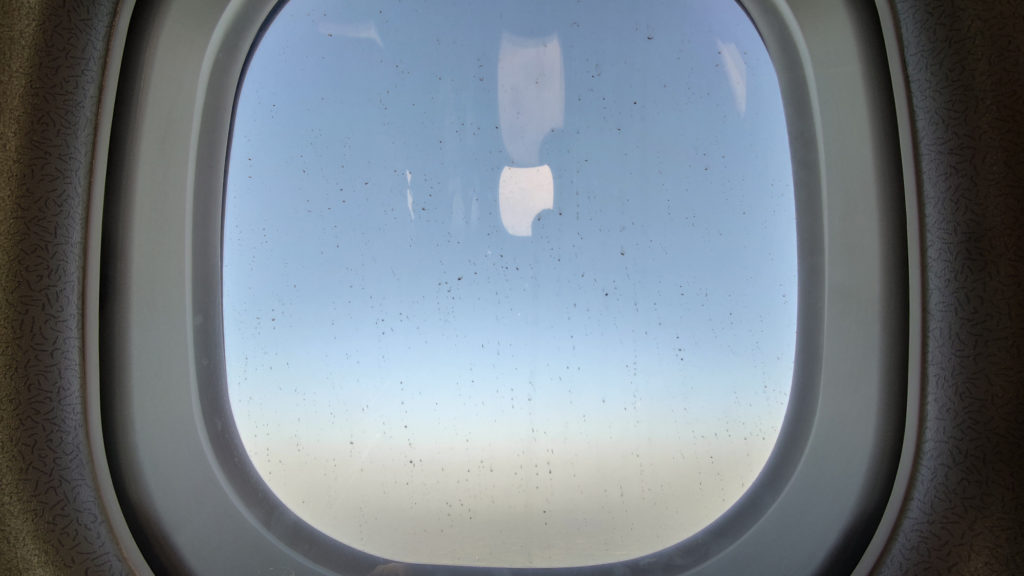
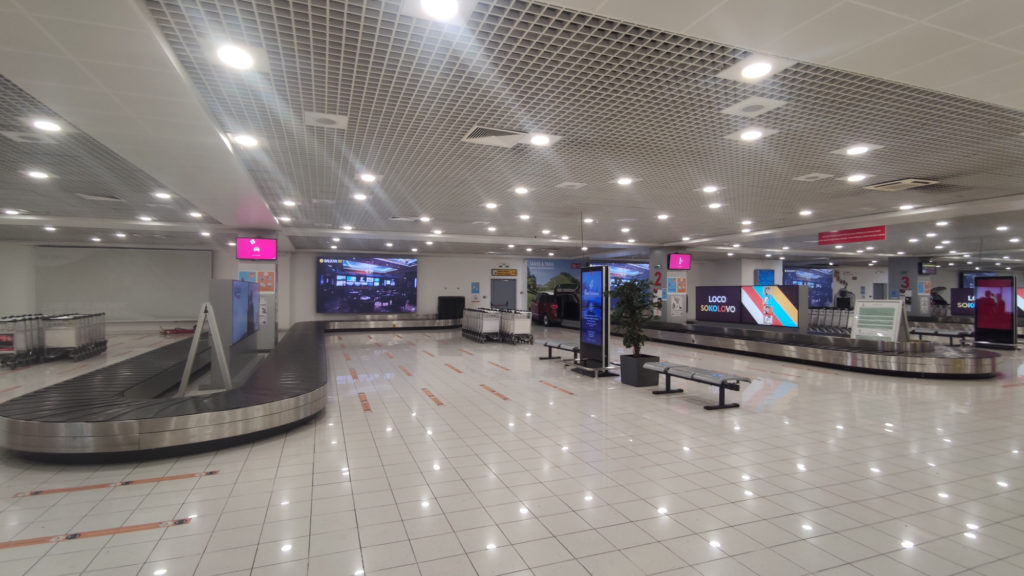






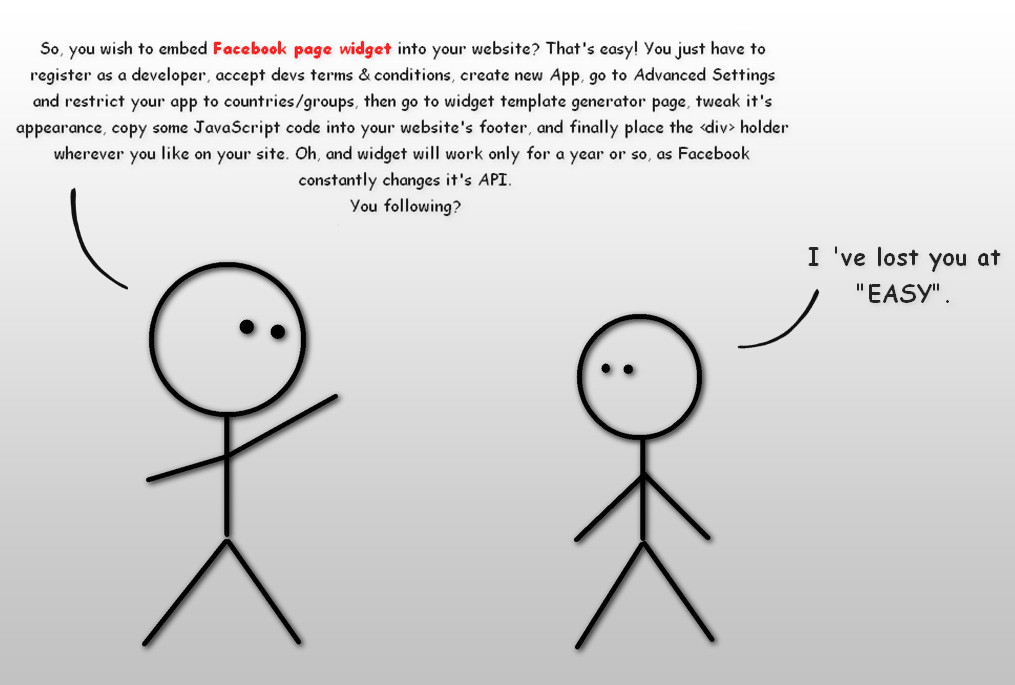
![Xiaomi App - How To Re-Install Stock Factory Version - How To Fix Corrupted Gallery App [no root]](https://tehnoblog.org/wp-content/uploads/2025/09/Xiaomi-Gallery-App-Code-Bugs-Artwork-1024x576.png)
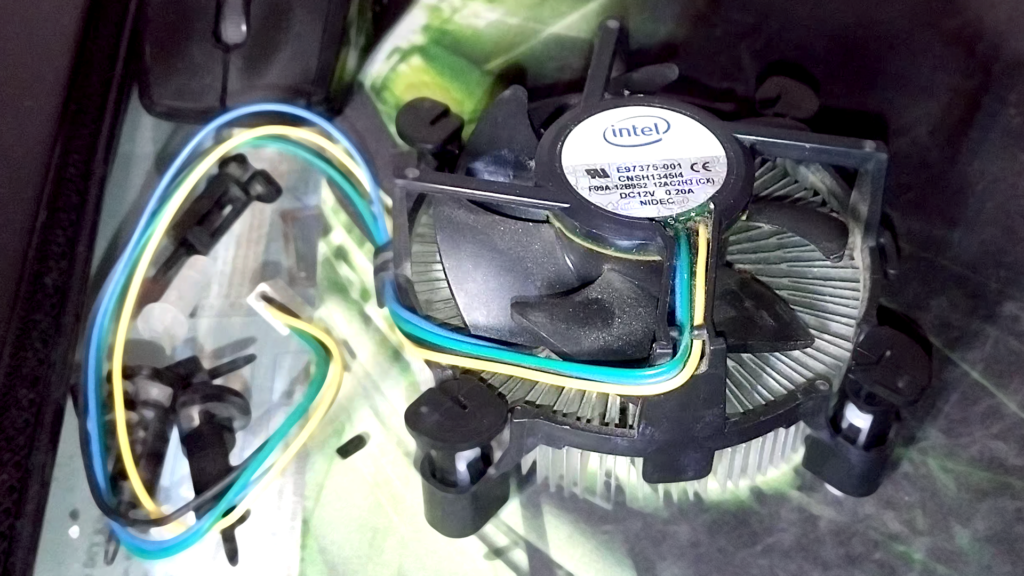




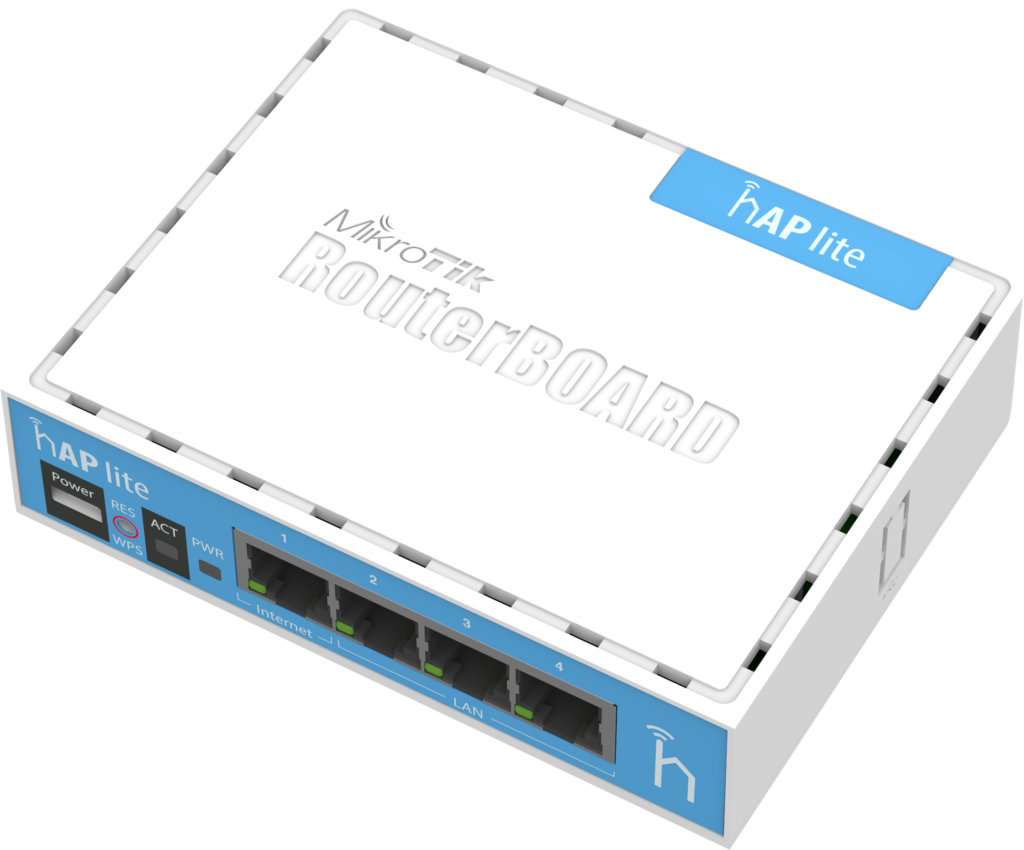



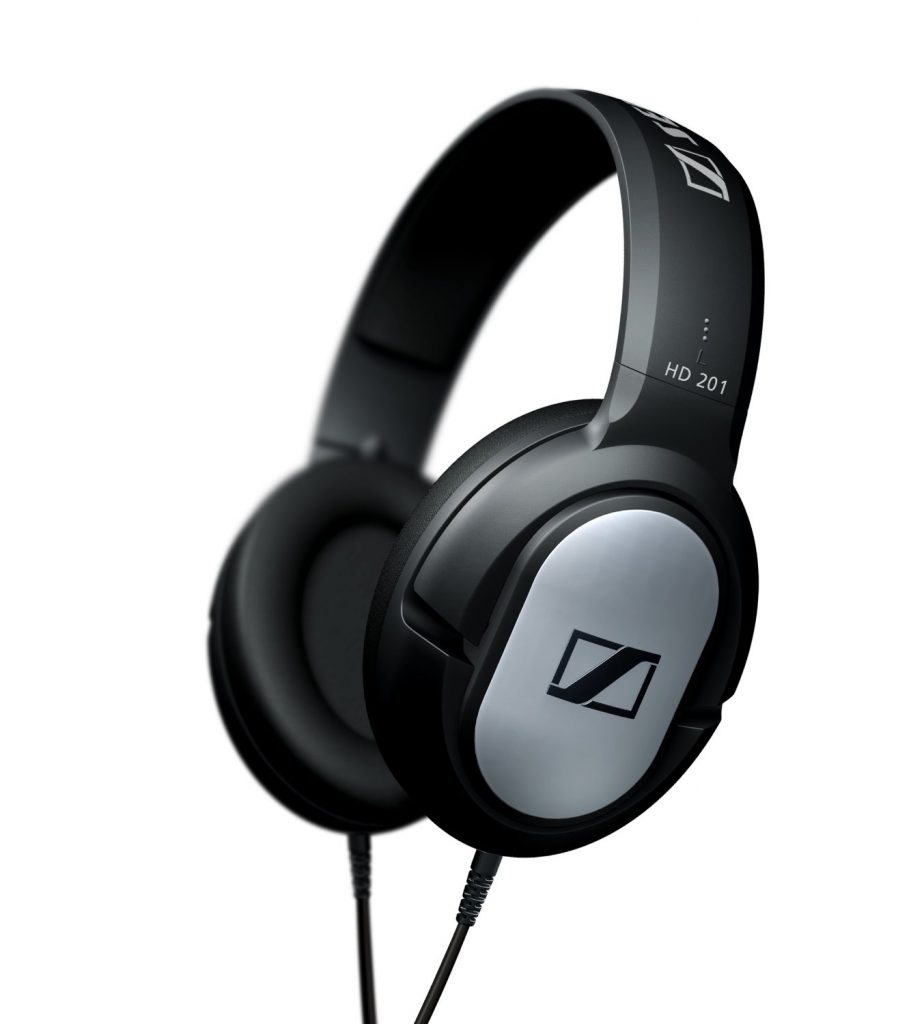








Comments
Post A Comment